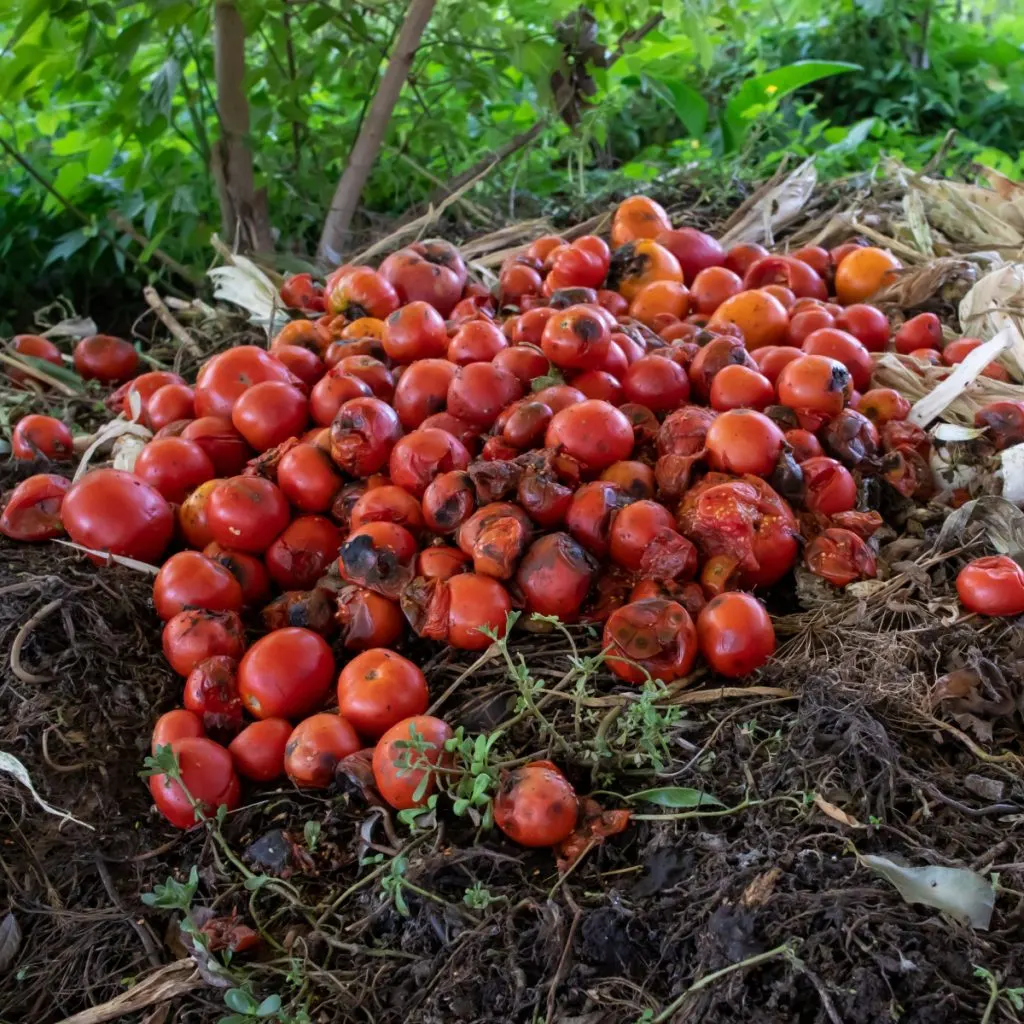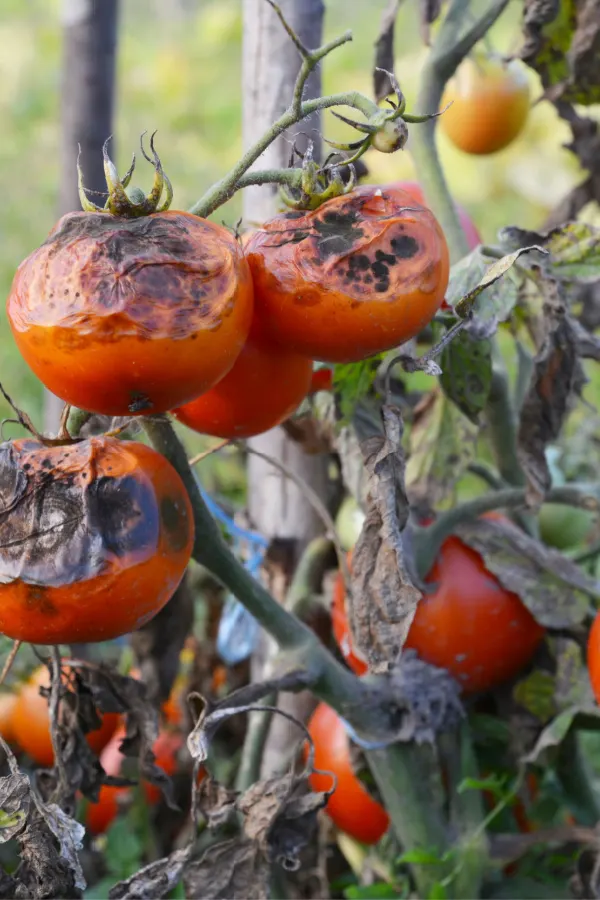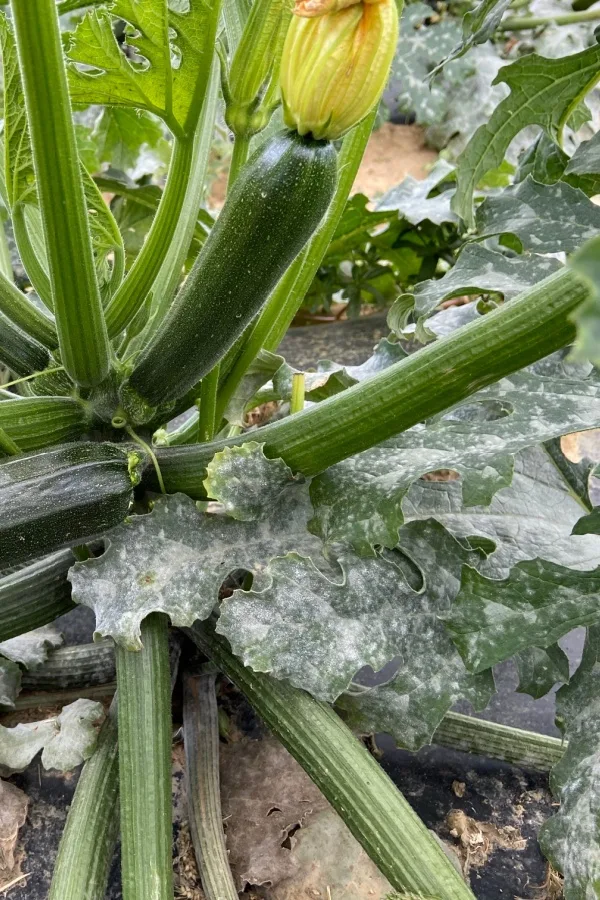Did you know that there are five plants from your flowerbeds and garden that you should never, ever throw into your compost pile?
Even though all plant life eventually breaks down into compost, that doesn’t mean all plants should go in it. Why? Because many plants or the diseases they possibly carry can actually harm your future plants if you aren’t careful.
When diseased plant material or seeds from unwanted plants are added to compost, they can create serious problems for future gardens. Many plant diseases are caused by fungal spores, bacteria, or viruses that can survive the composting process if temperatures don’t get high enough to kill them.

If those pathogens remain active, they then live in new soil, infecting new plants. Likewise, seeds from weeds or invasive plants can stay dormant but viable in compost that doesn’t heat up. And that can lead to fresh outbreaks when the compost is around new plants.
This risks spreading disease. It also causes more weeding issues. And even worse, reduces the health and productivity of your garden. So with keeping your compost pile healthy and safe in mind – here are 5 things to keep out!
5 Plants To Never, Ever Put In A Compost
#1 Why To Never Compost Tomato Plants
While most of your garden vegetable plants can be added to compost piles, tomato plants are one you should always avoid.
One of the most popular crops for home gardeners are tomato plants, a member of the nightshade family. Unfortunately, tomatoes are also of the worst targets for having diseases and other issues associated with them.
From mildew, blight, or a whole slew of other issues, home compost piles just aren’t able to get hot enough to kill off these unwanted bacteria, spores, and pathogens. In addition, tomato stems are very thick and fibrous. They take a long time to break down and turn into something desirable to work with.
Even if your plants seem healthy and strong at the end of the growing season, leave them out of your pile. Even when they look good, they can still harbor disease and pests. See: How To Protect Tomato Plants From Blight.

#2 Pepper Plants
Just as with tomato plants, you should also not include pepper plants in home compost piles. They are a member of the nightshade family. Because of that, they have a tendency to harbor and transmit disease in the very same fashion.
In addition to the diseases, tomato and pepper plants are susceptible to pest issues. Grubs, fruit flies, ants, earwigs, and other pests can all take up residence in your compost pile by hitching a ride on discarded plants.
Then, when you go to add the compost to your new garden and flowerbeds next year, you are introducing these diseases and pests right back into the soil.
#3 Flower Heads
Before adding any of your pulled flowers or flower trimmings to your compost pile, take the extra time to cut the flower heads off of the stalks. The flower head is where the seeds are all at. By cutting off the seed head, you are removing the chance that those seeds will then pass through in the compost pile.

Even though the flowers are no longer attached and growing on the plant while in the soil, the seeds still have the capability to germinate and grow in the compost.
Just think about it: Your compost pile is the perfect place for seeds to germinate. It has tons of vital nutrients, slightly moist conditions, and plenty of organic matter. It’s ready for growing new seeds! And as mentioned, home compost piles just don’t get hot enough to kill off the seeds.
Not only can you have seeds growing in the compost as it sits in your bins, but as you go to spread the compost out over your garden or flowerbed soil the following year, those seeds are still sitting dormant, just waiting to sprout.
As you mix the compost with your soil, you are essentially “planting” those seeds – and they likely will not end up where you want them to be planted!
#4 Plants With Insect / Disease Damage
This pertains to any fruit, flower, or vegetable from your property. Never add any part of a plant or fruit that is diseased to compost piles. You are simply taking the chance that whatever disease or issue that is plaguing the current plants will contaminate your entire compost pile.

Unfortunately, you likely won’t even realize you have an issue next year with the finished compost until it’s too late. As you go to add your compost to your garden soil for the next growing season, you’ve just given those diseases a head start.
Gardening and battling pests and diseases can be hard enough at times. Don’t make it harder by using contaminated fruit or foliage!
#5 Fruit & Vegetable Seed Cores
Last but not least, adding fruit seeds to your pile is asking for issues. Similarly to flower heads, you also want to remove the fruit and vegetable seed cores. While it takes a little extra work and time, it will save you in the long run from dealing with volunteer plants popping up all over your garden and flowerbeds.
Simply remove the seed core before composting the rest of the fruit or vegetable. The rest of the fruit and vegetables are completely fine to add to compost piles.
Hopefully, by keeping these 5 plants and plant parts from your garden and flowerbeds out of your pile, you will be on your way to creating amazing compost – that wonderful black gold that will help to power your plants and flowers for the next growing season!
Simple Garden Life
Follow Our Facebook Page For Even More Great Tips! Simple Garden Life Facebook Page
Simple Garden Life is a website dedicated to keeping gardening fun, simple and enjoyable! We publish two new articles each week along with a new garden podcast episode every two weeks. This article may contain affiliate links.
